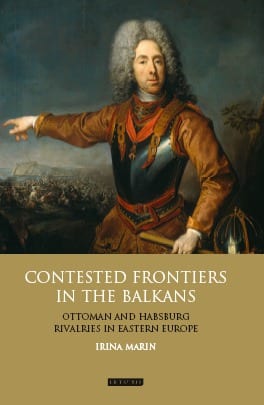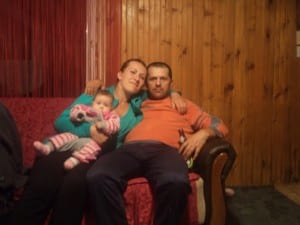 Why write about a province that has long ceased to be and is currently divided between three states? Irina Marin explains why she wrote about the historic Habsburg province of the Banat of Temesvár
Why write about a province that has long ceased to be and is currently divided between three states? Irina Marin explains why she wrote about the historic Habsburg province of the Banat of Temesvár
Well-hidden behind the title Contested Frontiers in the Balkans: Ottoman and Habsburg Rivalries in Eastern Europe is a monograph of the Banat of Temesvár or, by its Romanian name, Banatul Timișoarei. Why write a book about a historical province that has long ceased to be one and is currently peacefully divided between Romania, Serbia and Hungary? Outside the region and a narrow circle of historians, the Banat is a classic Ruritania, a non-existent land for all the reality it has for outsiders.
Everybody will have heard of Transylvania, Bosnia or Kosovo, but I doubt the Banat of Temesvár is at all known in the English-speaking world. Even when events take place there which are worthy of public attention, people usually refer to the present-day countries rather than the historical province, even if the name ‘Banat’ is still in local usage. So why write a history of this seemingly obscure province?
First of all, because no such history is available in English. The region deserves putting on the map of Anglo-Saxon historical scholarship. This, however, is not a strong enough reason and does not forestall the Ruritanian accusation. We instead should perhaps turn the question around and ask what makes a province worthy of interest. Sadly, more often than not the answer is blood and violence: whether blood sucked by vampires (as in Transylvania) or massacres and ethnic cleansing (as in Bosnia, Kosovo). Extremes of violence should, of course, never be ignored or left unexplored and unexplained.
The problem arises when one concentrates exclusively on such places visited by unprecedented violence. It creates the impression that nothing but ethnic violence comes out of Eastern Europe and fuels myths of ‘ancient ethnic hatreds’ as characteristic of the region.
I have therefore stopped at the Banat of Temesvár as a relatively peaceful province, with just as many ethnicities and religious denominations as these, but if anything dogged by myths of harmonious ethnic cohabitation rather than the perennial ancient-hatred myth. My new book is not intended to solve bibliographical disputes, count populations or work out who was there first. It is instead a historical meditation on the destructive and creative effect of ebbing and flowing borders on an ethnically variegated population, who lived and died under several waves of imperial rule, under nation-states and under communist and post-communist regimes. (more…)
 Close
Close




